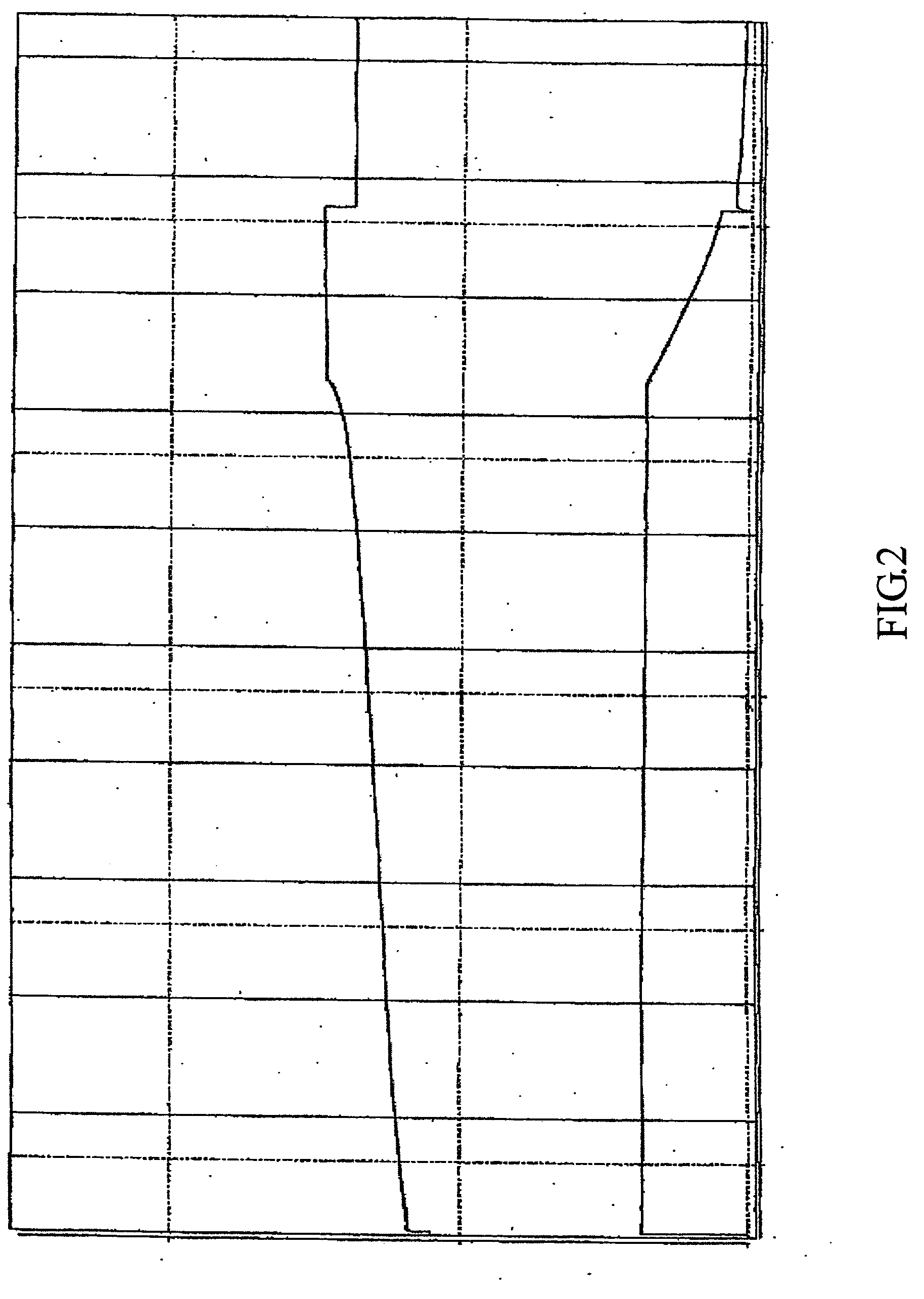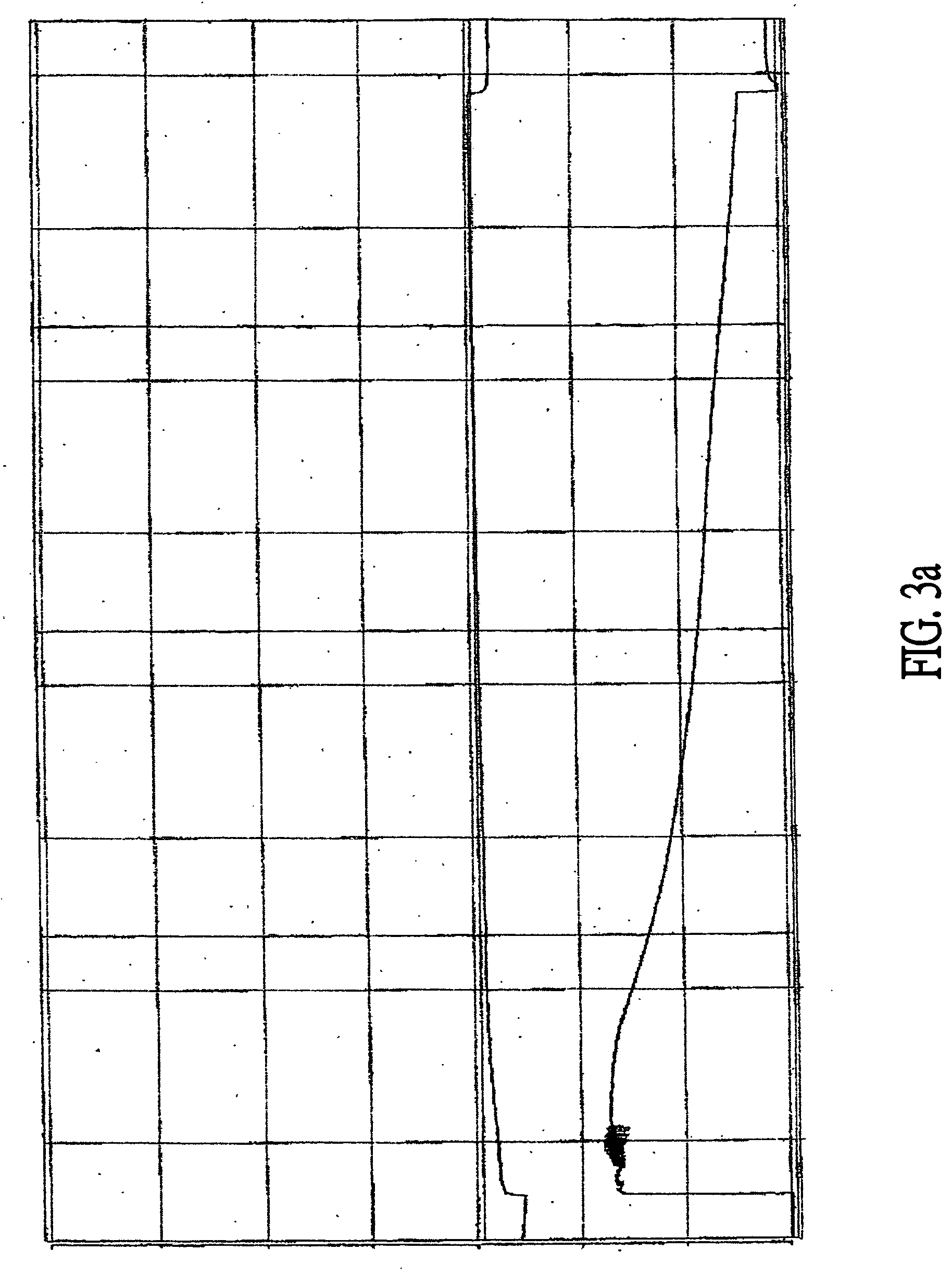Method and device for battery charger and diagnosis with detectable battery energy barrier
a technology of detection and battery energy barrier, which is applied in the direction of home appliance efficiency improvement, transportation and packaging, sustainable buildings, etc., can solve the problems of unblanced internal resistance between cells, safety problems, and battery capacity decrease, so as to achieve the effect of reducing current and voltage noise during charge, reducing the charge efficiency of lead-acid battery packs, and achieving full charge ratio
- Summary
- Abstract
- Description
- Claims
- Application Information
AI Technical Summary
Benefits of technology
Problems solved by technology
Method used
Image
Examples
Embodiment Construction
[0079] Corresponding a vehicle battery system reference characters indicate corresponding method and parts throughout the several views. The exemplifications set out herein illustrate a preferred embodiment of the invention, in one form thereof, and such exemplifications are not to be construed as limiting the scope of the invention in any manner.
[0080] Lead-acid battery pack: 24 VDC-24 AH
[0081] AC input terminal: 230 VAC±10%, 50˜60 Hz
[0082] Circuit working voltage Vcc: 16 VDC
[0083] DC voltage: 400 VDC
[0084] Charger power: 24V-2 A
(1) Measurement Method for the BEB of a Preferred Embodiment of this Invention
[0085] There existing an energy gap between battery energy and charge energy, as while in charging, the input charge energy must overcomes the battery energy. As shown in the following equation:
ΔE(t)=Ec(t)−Ecell(t)
where Ec(t) refers to the energy supplied by the charger appliance at time t, Ecell(t) is the battery energy. ΔE(t)≧0 signifies that the charger output energy...
PUM
 Login to View More
Login to View More Abstract
Description
Claims
Application Information
 Login to View More
Login to View More - R&D
- Intellectual Property
- Life Sciences
- Materials
- Tech Scout
- Unparalleled Data Quality
- Higher Quality Content
- 60% Fewer Hallucinations
Browse by: Latest US Patents, China's latest patents, Technical Efficacy Thesaurus, Application Domain, Technology Topic, Popular Technical Reports.
© 2025 PatSnap. All rights reserved.Legal|Privacy policy|Modern Slavery Act Transparency Statement|Sitemap|About US| Contact US: help@patsnap.com



